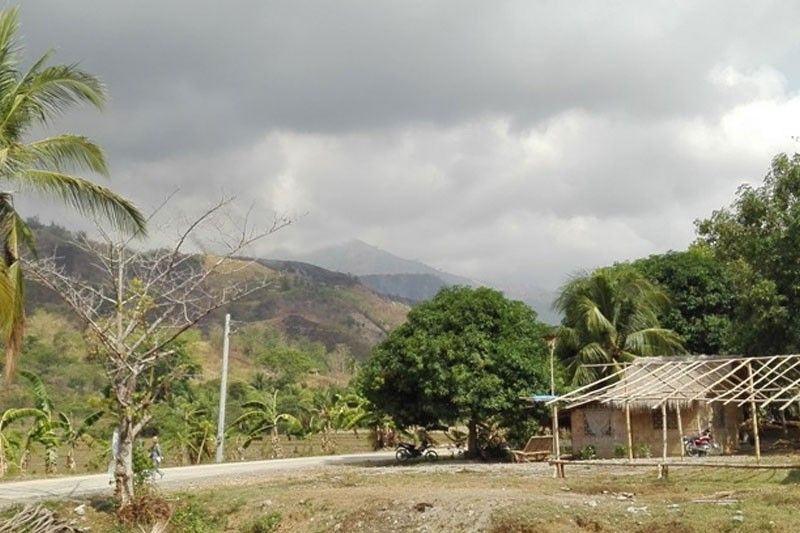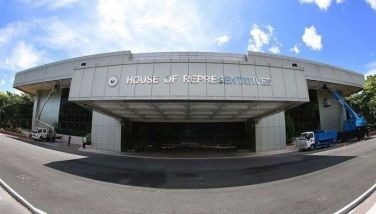Pag-asa: Possibility of El Niño is high

CEBU, Philippines — Cebu may experience possible dry weather conditions and the possibility of an El Nino phenomenon is high according to the state weather bureau.
Visayas, including Cebu, is likely to experience potential dry condition in the coming months, according to the recent predictions of Philippine Atmospheric, Geophysical and Astronomical Services Administration (PAGASA).
The weather bureau attributed this to the possible development of an El Niño phenomenon.
PAGASA-Visayas chief Alfredo Quiblat, Jr. said on Sunday that the latest weather analysis indicated that ocean temperatures have exceeded the warm thresholds.
“This event is an indication that there are higher chances that an El Niño event may occur if not this December, maybe in the first quarter of 2019,” he told The FREEMAN over a phone interview.
An El Niño phenomenon occurs when there is an unusual warming of the ocean temperatures in the Pacific, affecting air and sea currents.
One of its notable effects to the Philippines is reduced rainfall that may lead to dry conditions, or worse, dry spell or drought.
According to PAGASA, the end months of 2018 is most likely seen as the transition period of the development of an El Niño.
Also, most of the international prediction centers show the same forecast, citing that an El Niño is favored to occur within the period.
Though ocean temperatures in the tropical Pacific have exceeded the El Niño thresholds, PAGASA noted that other atmospheric indicators, such as trade winds, cloudiness, pressure patterns, and the Southern Oscillation Index, “have yet to show consistent or sustained signs of El Niño.”
In Cebu, Quiblat said the local weather station has already observed scarce rain on the previous month.
He said Cebu registered a 49 percent rainfall deficit in November. He explained that Cebu only received 54.4 millimeters of rainfall or 51 percent from the average amount of 78.8 millimeters it usually gets during the month.
PAGASA’s forecast also shows that the succeeding months starting this December are most probably to manifest below normal rainfall condition until April.
Rainfall condition is considered “below normal” when a certain locality has rainfall deficit of between 20 percent and 60 percent.
If a locality experiences two consecutive months of below normal rainfall conditions, it can be categorized as “dry condition” and can be elevated to “dry spell” if these conditions persist for three consecutive months.
A drought is declared when the locality suffers from three consecutive months of “way below normal” rainfall condition, or more than 60 percent deficit in rainfall amount.
Dry lands may cause scarcity of water affecting the watersheds, rice-producing areas and other used agricultural lands. (FREEMAN)
- Latest


























